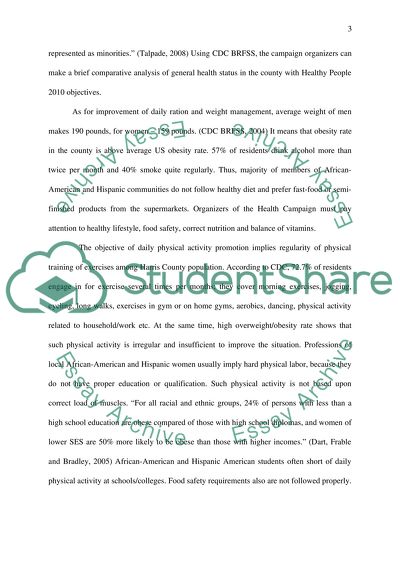Cite this document
(Working with Families to Prevent Obesity Case Study - 1, n.d.)
Working with Families to Prevent Obesity Case Study - 1. Retrieved from https://studentshare.org/health-sciences-medicine/1570744-health-campaign
Working with Families to Prevent Obesity Case Study - 1. Retrieved from https://studentshare.org/health-sciences-medicine/1570744-health-campaign
(Working With Families to Prevent Obesity Case Study - 1)
Working With Families to Prevent Obesity Case Study - 1. https://studentshare.org/health-sciences-medicine/1570744-health-campaign.
Working With Families to Prevent Obesity Case Study - 1. https://studentshare.org/health-sciences-medicine/1570744-health-campaign.
“Working With Families to Prevent Obesity Case Study - 1”. https://studentshare.org/health-sciences-medicine/1570744-health-campaign.


